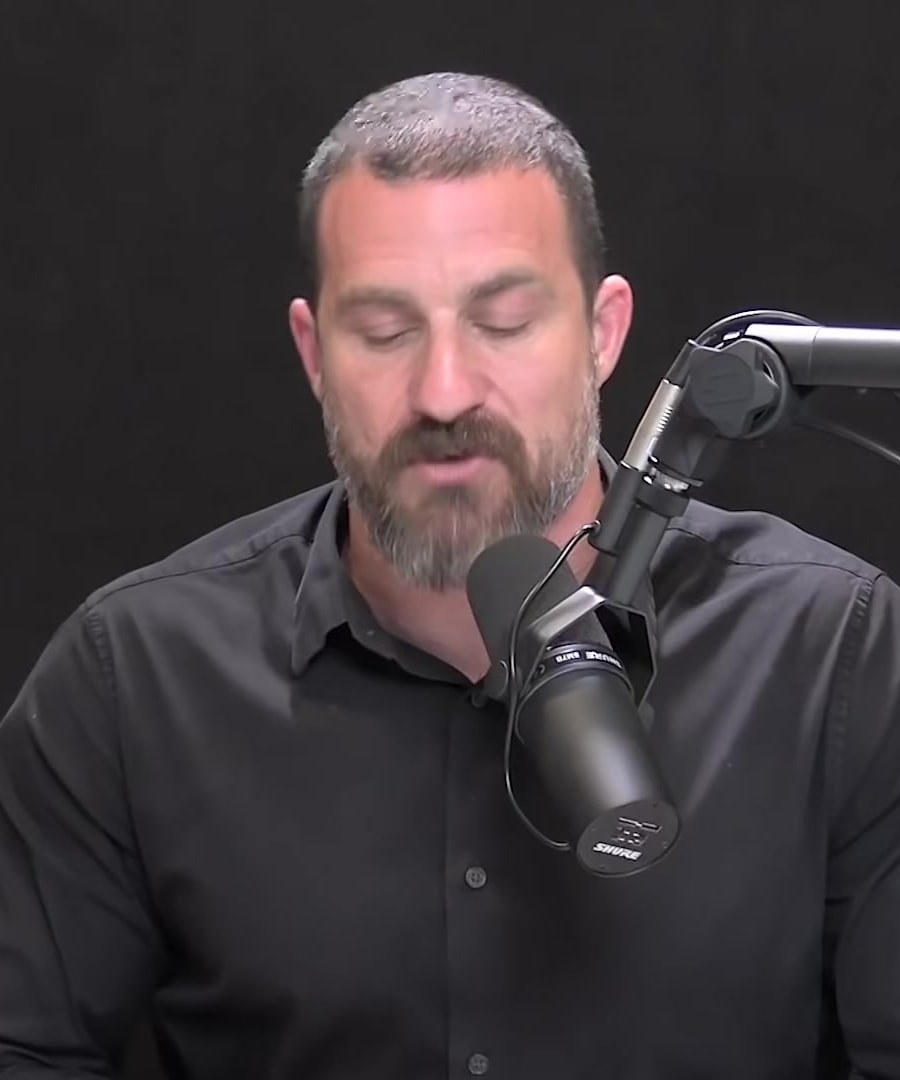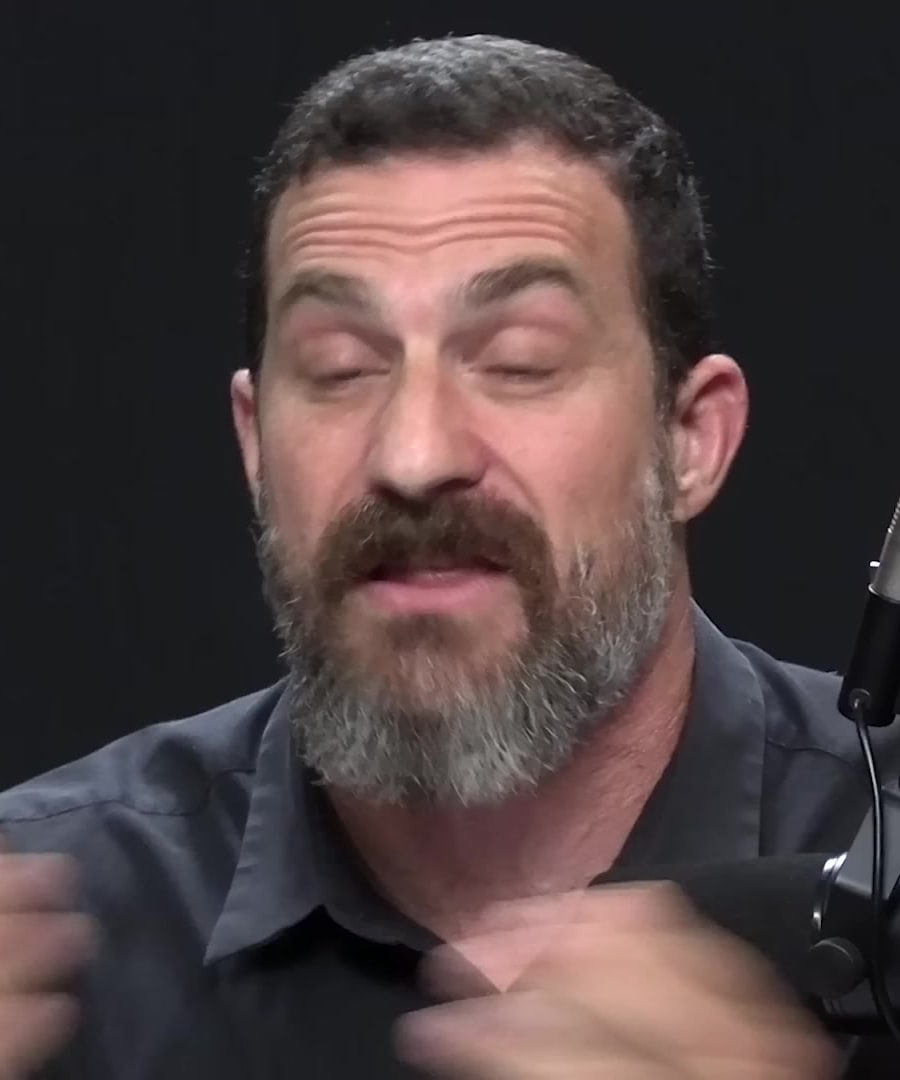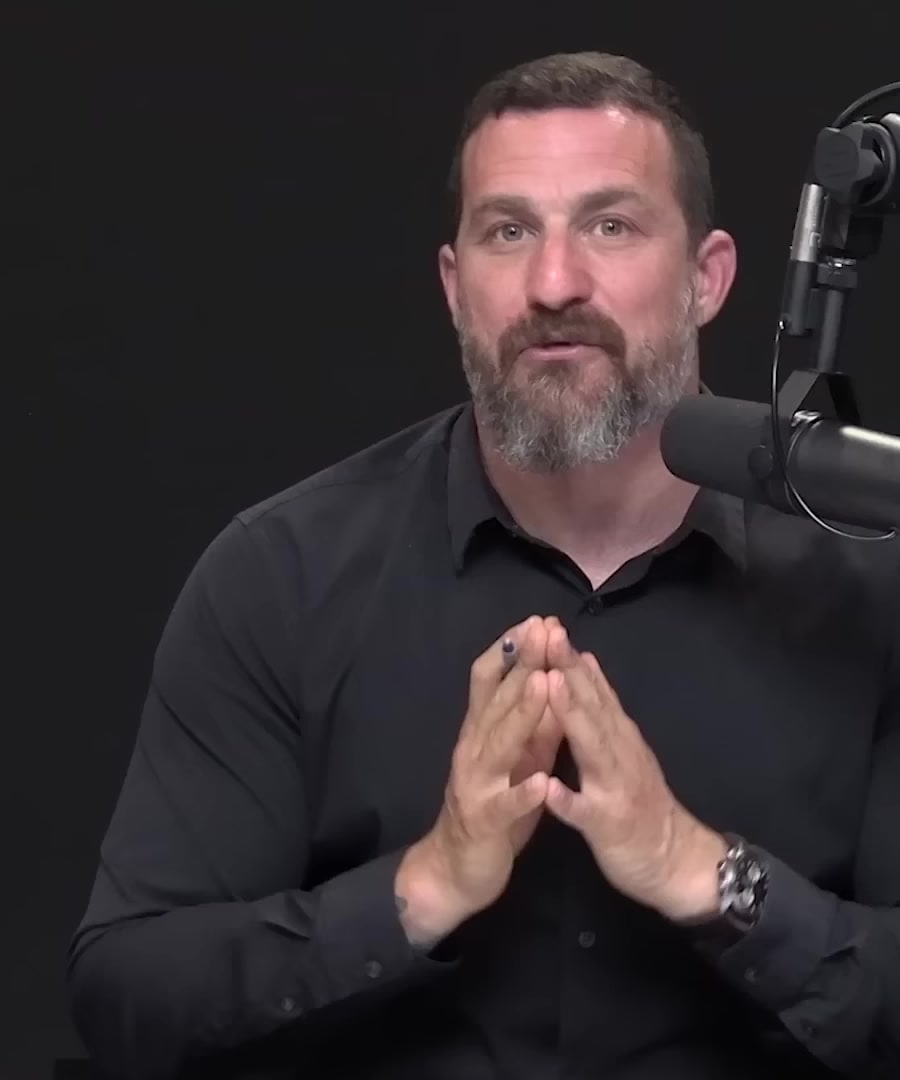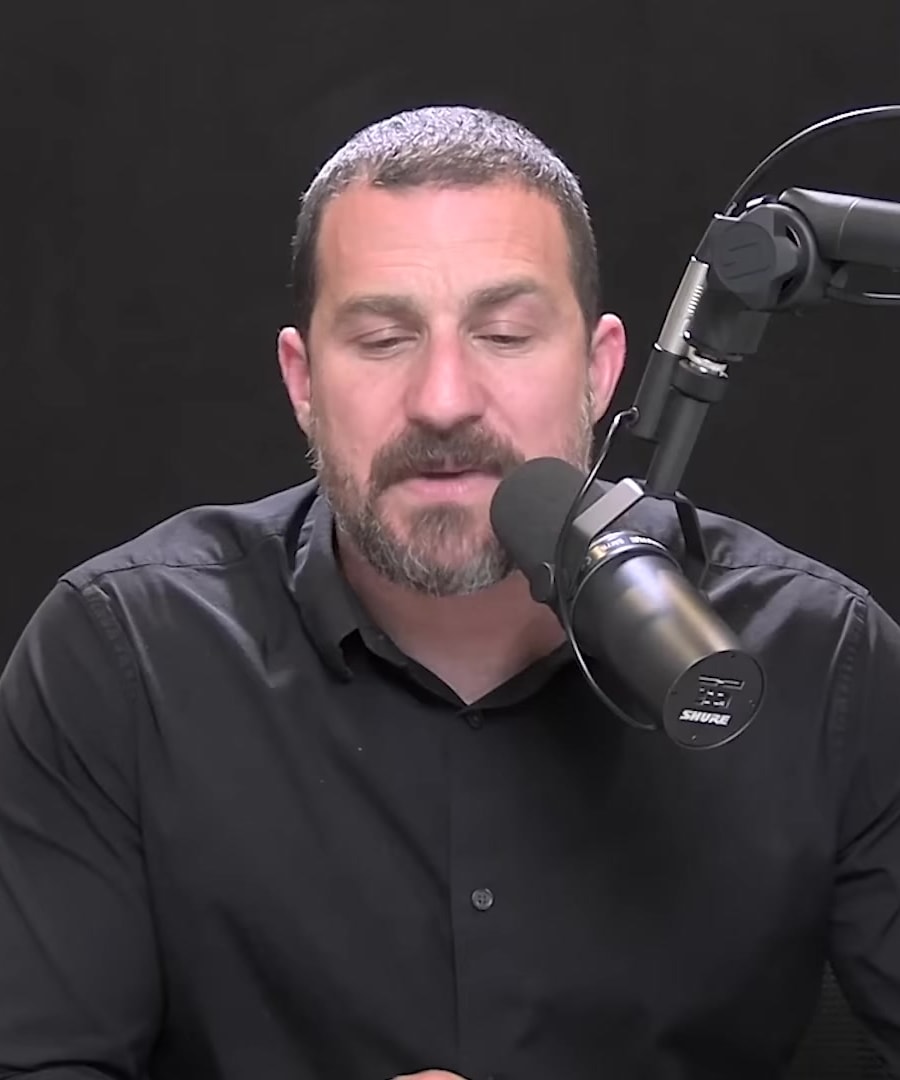What are all the ways of initiating Neurogenesis in the brain?
Sources:
Initiating neurogenesis in the brain, while a captivating concept, is often overstated in its practicality and occurrence in adult humans. Here are the most acknowledged methods and insights based on findings discussed by and other researchers:
-
Exercise: Cardiovascular exercise has been shown to promote neurogenesis, particularly in the dentate gyrus of the hippocampus. This effect is more robustly observed in animal studies with some evidence supporting its occurrence in humans. The suggested minimum is 180 to 200 minutes of moderate cardiovascular activity weekly to support various health benefits, including potential neurogenesis 1 2.
-
Controversy in Humans: There's significant debate regarding the level of neurogenesis in the adult human brain. Early research indicated the possibility of new neuron formation in regions like the hippocampus and olfactory bulb, but this is still under debate. Recent studies suggest that neurogenesis might occur into the later decades of life, but it is not the primary mechanism of brain plasticity 3 2.
-
Psychedelics: Occasionally discussed in relation to neurogenesis, psychedelics like psilocybin are thought to contribute more to neural plasticity by altering and strengthening connections rather than creating new neurons. Neurogenesis is a minor player in these rewiring processes 4.
-
Hormonal and Blood Flow Factors: Exercise-induced hormonal changes may support overall brain health and connectivity rather than increase neuron counts directly. It's these signals, rather than new neuron creation, that likely offer brain benefits as we age 5.
-
Other Neural Mechanisms: While neurogenesis has its appeal, most neural adaptation in adults happens through changes in existing neural connections – strengthening some and weakening others, which are the main drivers for learning and memory 3.
Understanding these nuances can guide efforts in enhancing brain health and function, though neurogenesis should be seen as one part of a larger neuroplastic toolkit.
RELATED QUESTIONS-
What are all the ways of initiating Neurogenesis in the brain?
- RELATED QUESTIONS




